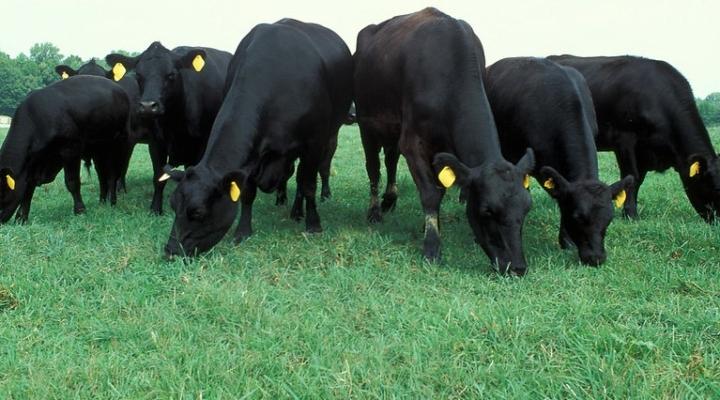Africa-Press – Tanzania. PRESIDENT Samia Suluhu Hassan has said plans are underway for the government to train pastoralists on how to cultivate drought-tolerant grazing crops for livestock feeds.
The Head of State disclosed this while opening the Cultural Festival in Kilimanjaro region yesterday, where she also took the chance to console pastoralists in Marangu area, Same District, Arusha and Manyara regions, who lost livestock due to drought.
According to her, training will begin shortly around the country to ensure the supply of livestock forage during the dry season.
“I must express my deepest sympathy with you as we gather for this festival at a time when farmers and pastoralist communities are experiencing drought due to rain delays, and many have lost thousands of livestock,” she continued. I am aware that the situation is wreaking havoc on various areas. Thousands of animals have died in several areas.
The government, according to Samia, is well prepared and will visit pastoralists to instruct them how to cultivate livestock feeds without relying on rainfall, to minimise the drought impacts.
President Samia also urged pastoralists to work with the government to learn from the disaster and figure out how to start modern livestock farming without relying on rain for feeds security.
“We are hoping that the rains that have started will keep us from suffering from the drought,” said the Head of State.
Last year, the Deputy Minister for Livestock and Fisheries, Mr Abdallah Ulega, instructed the Vikuge Pasture Seed Farm in Kibaha District, Coast region to distribute Juncao grass technology countrywide to assure livestock feeds availability during the dry seasons.
Juncao, which translates to ‘mushroom and grass,’ is a Chinese invention that uses grass to grow mushrooms. Its use can help enhance local income by offering a low-cost source of mushroom growing as well as help to prevent desertification by giving an additional supply of cattle feed.
Professor Lin Zhanxi of China’s Fujian Agriculture and Forestry University pioneered the technology in the 1980s, and it has since been shared with over 100 countries, including Tanzania.
“May I request that my fellow chiefs and traditional leaders continue to pray in our varied faiths so that God may grant us rain and end the drought,” President Samia remarked.
Despite the lack of rain in the recent past, the Head of State maintained that the country has sufficient food supplies.
“I advise Kilimanjaro residents to wisely use the food reserve rather than using grains to produce local brew to avert future food shortages,” said the President.
According to Mr Steven Kagaigai, the Kilimanjaro Regional Commissioner (RC), some 1,257 livestock, including 841 cattle, 406 sheep, and 10 donkeys died in the region due to a lack of pasture and water caused by drought in several places, notably Mwanga District of the region.
“Right now, the main difficulty facing us – the people of Kilimanjaro region, is the lack of rains, which has resulted in drought and a lack of pasture in some regions, particularly Mwanga and Same districts,” he explained.
Despite the obstacles, Mr Kagaigai assured President Samia that the region’s food supply is sufficient.
“This is due to an increase in surplus production of 47, 790 tonnes of carbs and 10,147 tonnes of legumes in the 2020/2021 rainy season,” Mr Kagaigai explained.
“We are still optimistic that people will have sufficient food this year,” he said.
In its climate outlook for October to December (Vuli) rainy season released last year, the Tanzania Meteorological Agency (TMA) said the rains are expected to be below normal and average, characterised by prolonged periods of dry spells.
TMA said 15 regions were likely to experience prolonged drought from October 2021, a situation that may cause food shortage and curbs in hydropower output. This is a shift from past years when the end year period experienced normal to above normal rains.
For More News And Analysis About Tanzania Follow Africa-Press







